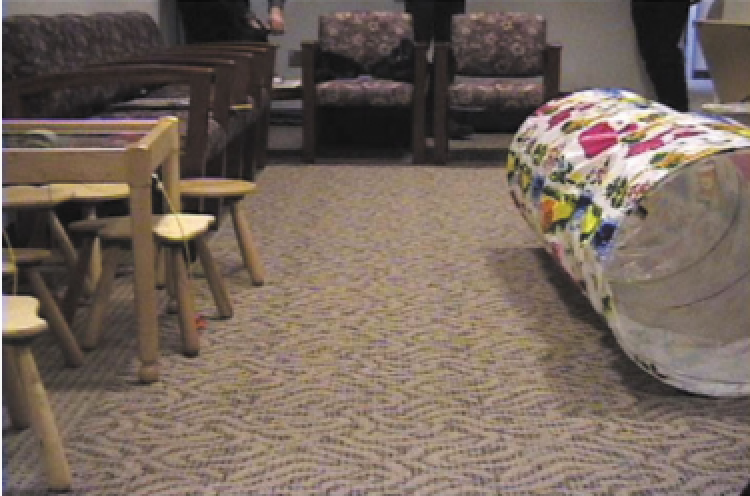Background
This portfolio is for the course Advances in Artificial Intelligence and Neuroscience (CSCI 7000) in the Department of Computer Science. This is a graduate course targeting students who are first or second year graduate students. Prior experiences working with or having taken courses on data science is recommended, but not required. This course explores the intersection of artificial intelligence (AI) and neuroscience. As such, it fits into the computer science discipline not only because AI is a major topic in computer science but also because recent advances in neuroscience has been heavily influenced by AI.
The goal of this course is three-fold. First, in terms of AI, the course aims to lead students to explore the recent advances in the intersection of artificial intelligence (AI) and neuroscience, including algorithms, tools, and theories. Second, in terms of data, the course aims to provide students with hand-on learning activities based on real, large, publicly available neuroimage datasets. Third, in terms of ethics, the course aims to identify ethical issues that may arise in the use of AI in brain imaging studies. This three-fold goal is important for students because there has been an increased interest in and demand for learning about how AI technology is advancing a wide range of problem domains. One such domain is neuroscience. Students taking this course can potentially contribute to cutting-edge scientific studies in neuroscience. Moreover, while it is important to acquire technical skills, it is equally important for students to understand the ethical implications of their practices.
These goals are structured into the course as follows. For each piece of learning materials, such as papers and exercises, I called out explicit connections to each learning goal. For example, I assigned a paper that discusses an ethical framework for conducting neuroimaging studies. I explicitly highlighted “ethics” as a goal in my communication to students about the paper. Another way to structure goals in the course is through prompted reflection. At multiple points in the course, I gave students time to speak and reflect upon what they have learned so far, with appropriate prompts. This allows me to see whether students are able to verbalize certain key concepts.

Figure 1 in the paper Davidson, M. C., Thomas, K. M., & Casey, B. J. (2003). Imaging the developing brain with fMRI. Mental Retardation and Developmental Disabilities Research Reviews, 9(3), 161–167. https://doi.org/10.1002/mrdd.10076
In creating a portfolio about this course, I have two aims. First, I intend to document the process of improving a course I piloted several years ago. At the end of the semester, this documentation will enable me to look back, reflect, and better understand what worked and what did not work. Second, by going through the process of developing a course portfolio, I expect to learn how to take a more systematic approach to improving teaching, rather than in an ad hoc way.
In terms of my motivation to improve Advances in Artificial Intelligence and Neuroscience, I see a great potential and need to teach in the intersection of AI and neuroscience, driven by demand from students and researchers. Also, I piloted a similar course several years ago. But that course was more general about how latest data-intensive computational tools originated from big data research are used to advance neuroscience. Since then, there have been significant advances in AI and machine learning, I would like to evolve the previous course to reflect these new advances. Finally, I intend to further align my teaching and research. In my own research lab, we are undergoing a significant expansion to integrate neuroscience into our research projects. Having prepared and taught this course can help prepare and attract motivated graduate students to potentially conduct research in this new space.
All in all, this portfolio offers a comprehensive account of my experience in designing and implementing the course on Advances in Artificial Intelligence and Neuroscience. This documented experience can provide a roadmap for other educators who are interested in designing advanced level graduate courses in an interdisciplinary domain.

